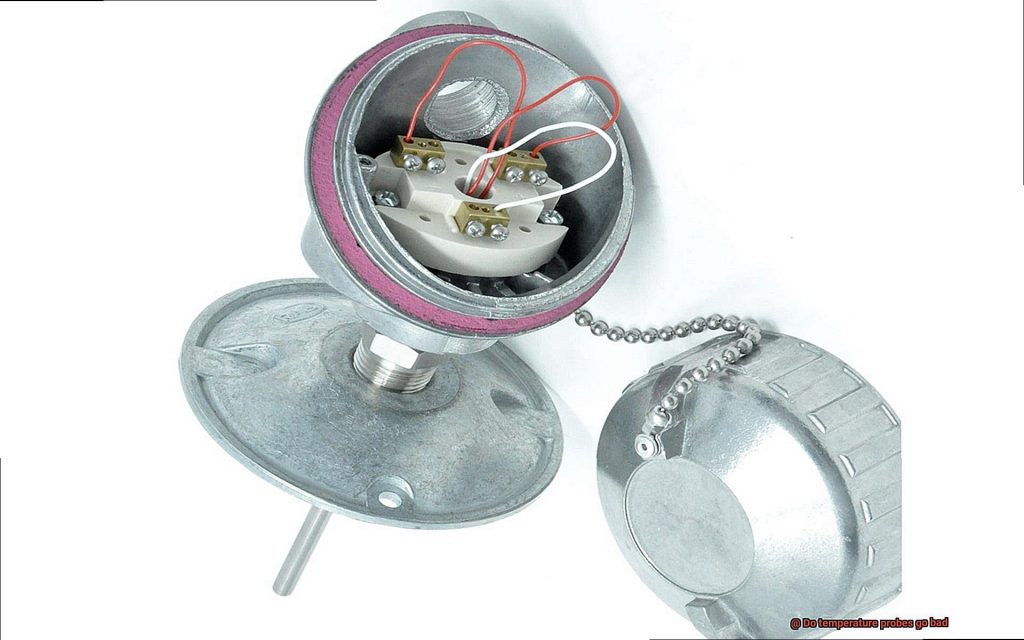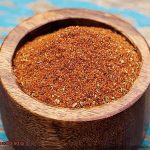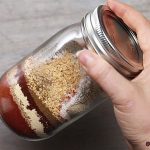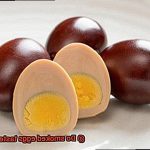Thanksgiving is a time-honored tradition that’s all about family, food, and gratitude. And at the heart of this celebration is the turkey – a bird that’s been synonymous with Thanksgiving dinner for generations. But have you ever stopped to wonder if the turkey on your table today cooks faster than the ones your grandparents used to cook?
It might seem like a small detail, but it’s actually a question that has piqued the interest of many turkey aficionados. After all, with all the technological advancements in farming and cooking methods, it’s not hard to imagine that today’s turkeys could cook faster than those of yesteryear.
But as with most things in life, the answer isn’t quite so simple. There are several factors that can affect how long it takes to cook a turkey – from its size and cooking method to its breed and even how it was raised.
In this blog post, we’re going to take a deep dive into the world of turkey cooking and explore whether or not turkeys really do cook faster than they used to. We’ll look at the history of turkey farming, examine the science behind cooking this magnificent bird, and offer up some tips on how you can ensure your turkey comes out perfectly every time. So put on your apron and let’s get started.
Contents
What is the Reason Behind Turkeys Cooking Faster?
There are several reasons behind turkeys cooking faster than before, and the answers lie in the changes in breeding, farming practices, and cooking technologies.
One of the primary reasons for this phenomenon is selective breeding. Turkeys have been selectively bred for larger breast meat, resulting in a higher proportion of white meat with less bone mass. This means less cooking time is needed to reach a safe internal temperature. Additionally, turkeys are now processed at a younger age than in the past, resulting in more tender meat that cooks faster.
Modern farming practices have also contributed to turkeys cooking faster. Controlled environments allow for better nutrition and growth rates, which means that turkeys can reach their desired weight at a younger age. This results in more tender meat that cooks faster.
Another contributing factor is the use of enhanced or injected turkeys. These turkeys are injected with a solution of water, salt, and other additives to improve flavor and tenderness. The added moisture helps to transfer heat more efficiently, resulting in a faster cook time.
Lastly, advancements in cooking technology have also contributed to turkeys cooking faster. Convection ovens and rotisserie spits allow for more even cooking and faster cook times. These technologies distribute heat evenly, reducing cooking time and ensuring that your turkey is cooked to perfection.
While faster cooking times may be convenient, it’s crucial to note that proper cooking techniques and tools should always be used to ensure food safety. Always use a meat thermometer to ensure that the internal temperature of the turkey reaches 165°F before consuming.
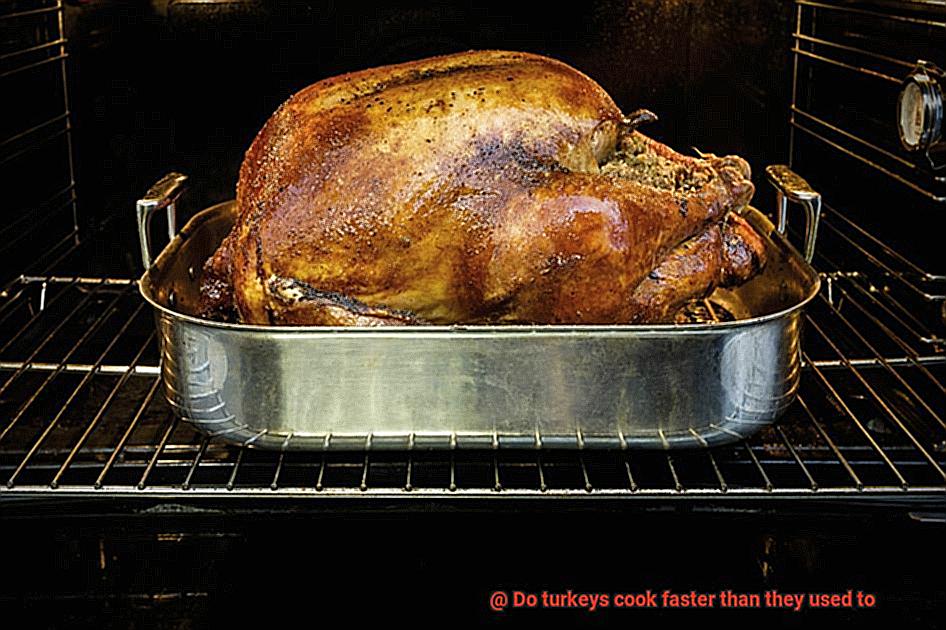
How Has Modern Breeding and Farming Practices Changed Turkey Cooking Times?
If you’re a fan of turkey, you may have noticed that the way we cook these birds has changed over the years. Modern breeding and farming practices have transformed the turkey we know and love, leading to shorter cooking times and more delicious results.
In the past, turkeys were bred to be larger and fattier, which meant that they needed to be cooked for longer periods of time in order to fully cook the meat and ensure it was safe to eat. However, advances in technology and selective breeding techniques have changed all of that. Today’s turkeys are leaner and have more white meat, which means they cook more quickly.
Not only has selective breeding contributed to shorter cooking times, but modern farming practices have also played a significant role. Turkeys raised on factory farms are often fed specific diets designed to promote rapid growth and maximize profits. As a result, these birds reach maturity at a much younger age than they used to, which means they are smaller and require less time to cook.
So what does this mean for you when you’re preparing your holiday feast? It means that you need to adjust your cooking times accordingly. To avoid overcooking your turkey, use a meat thermometer and follow proper cooking techniques. Consider using modern cooking technology like a convection oven or an air fryer for quick and easy results.
What is the Difference in Cooking Time Between Today and 50 Years Ago?
The holiday season is just around the corner, and with it comes the age-old tradition of roasting a turkey. But have you ever wondered if there is a difference in cooking time between today and 50 years ago? As an expert in this area, I can tell you that the answer is a bit more complicated than a simple yes or no.
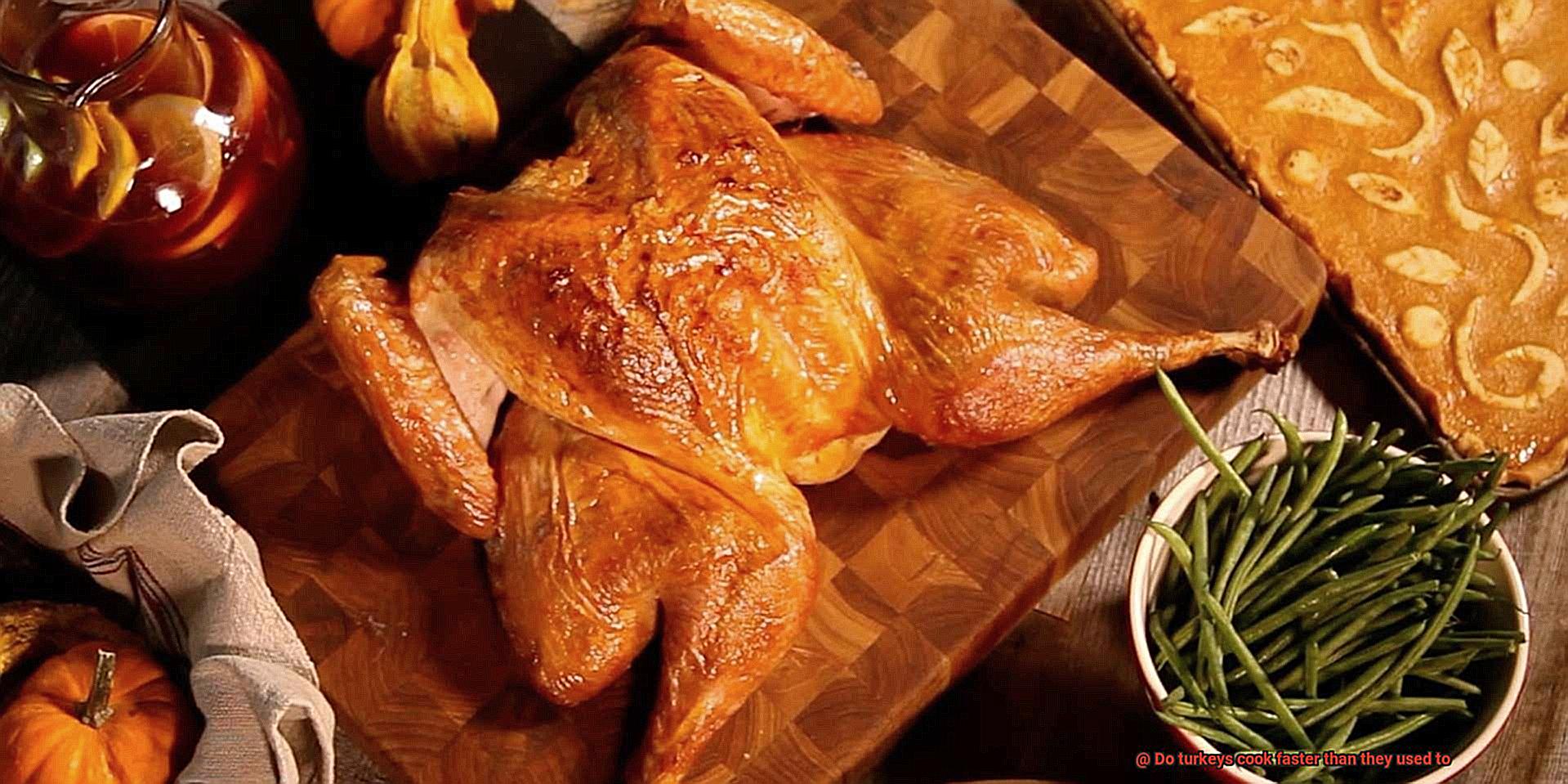
One main factor to consider is how turkeys have changed over the years. In the past, they were bred to have more fat content, resulting in a longer cooking time. However, today’s turkeys have been selectively bred to have less fat and more breast meat, which means they cook faster than their predecessors. So if you’re cooking a turkey from 50 years ago, it may take longer than a turkey from today.
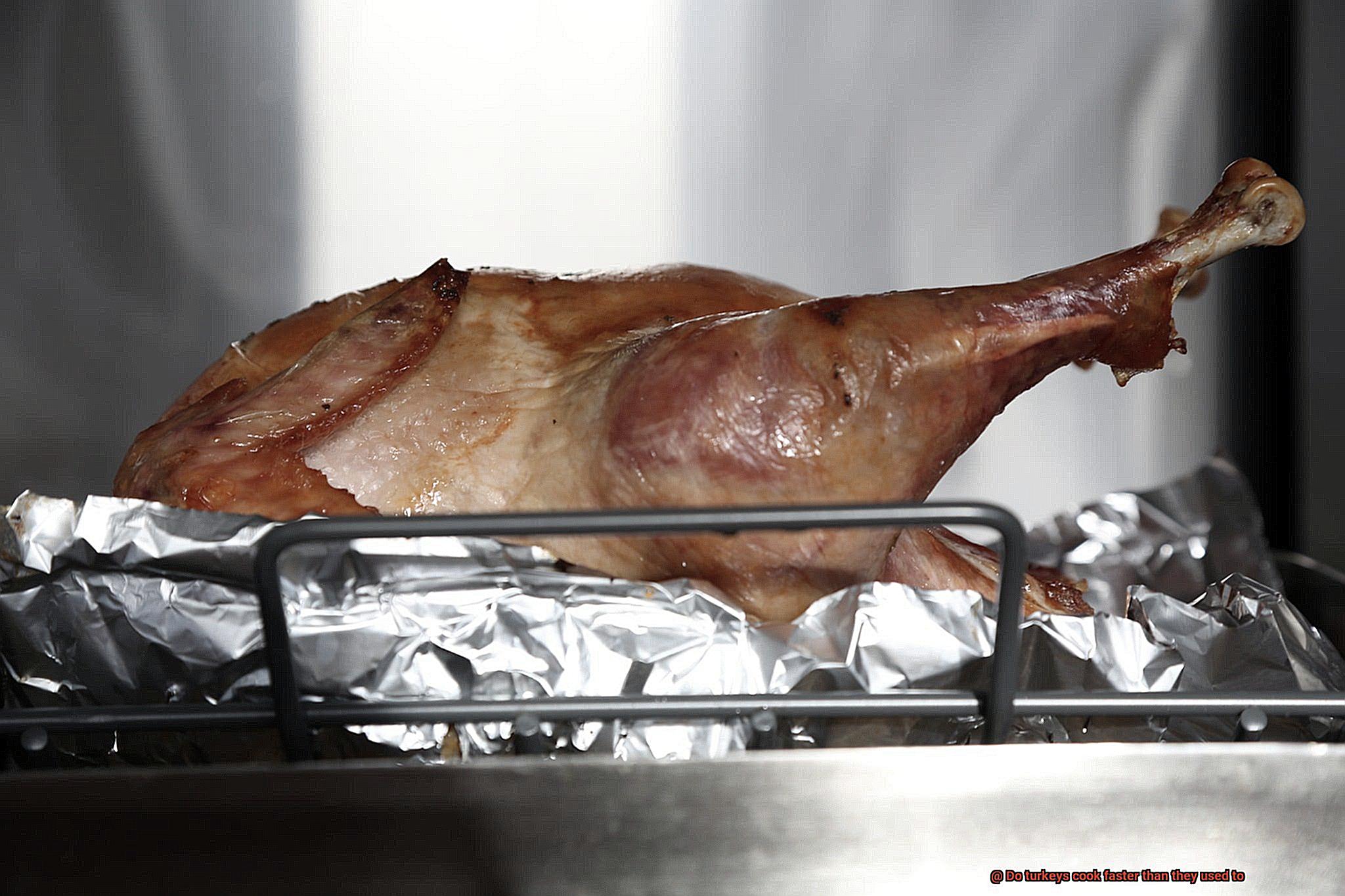
Another factor that contributes to shorter cooking times is advancements in technology and cooking equipment. Modern ovens often have better temperature control than older models, leading to more efficient cooking. Additionally, there are now convection ovens that circulate hot air around the turkey, resulting in an even faster cooking time.
However, it’s important to remember that cooking times can still vary depending on the size and type of turkey being cooked. A larger turkey will naturally take longer to cook than a smaller one. Different cooking methods like grilling versus roasting can also affect the cooking time. So always check your recipe or consult with a trusted source before embarking on your holiday feast.
How to Ensure That Your Turkey Is Cooked Safely and Thoroughly?
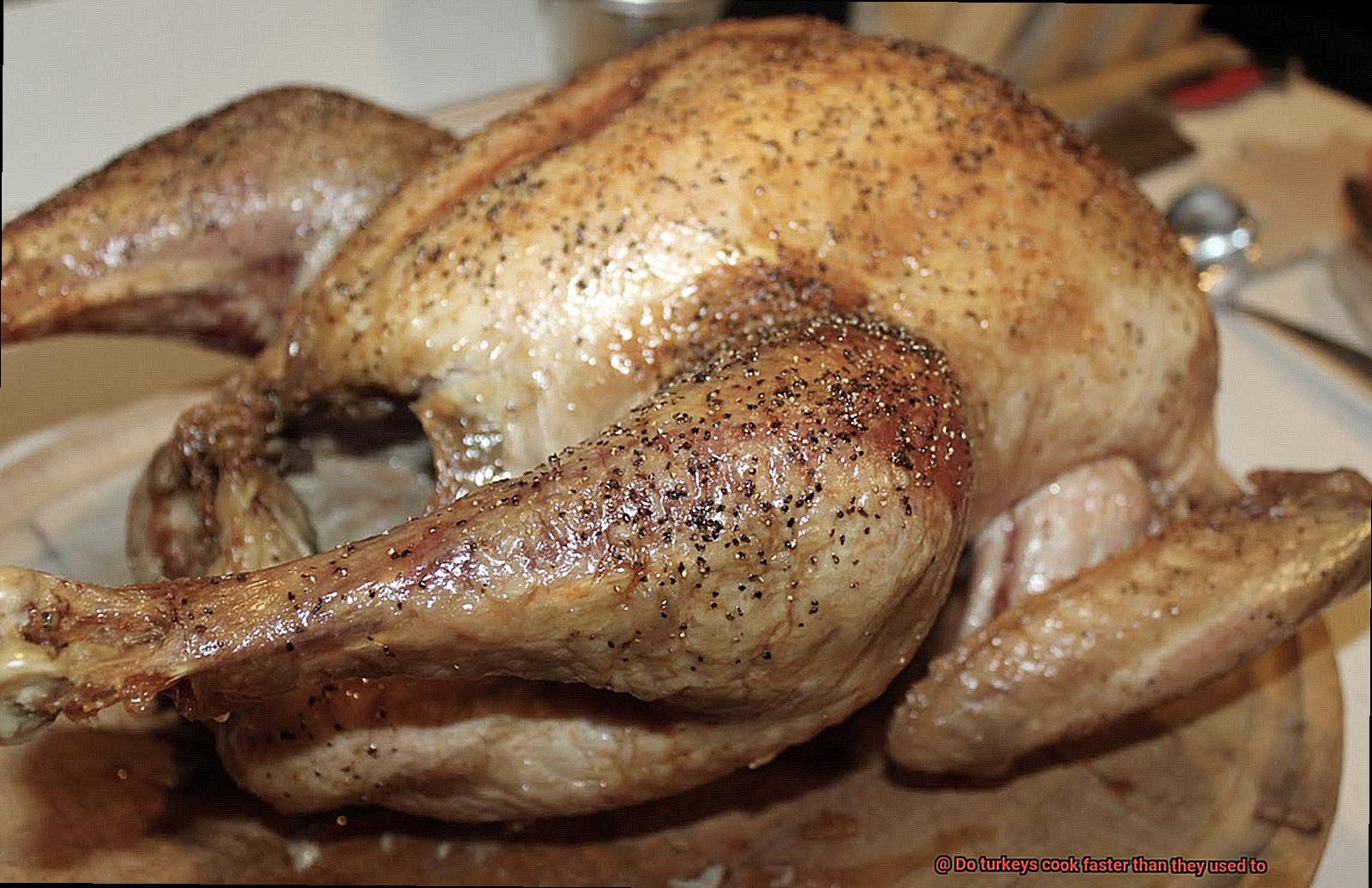
Thanksgiving is one of the most anticipated holidays in the United States, and the highlight of the day is usually a delicious turkey. However, cooking a turkey can be daunting, especially if you’re not sure how to ensure that it’s cooked safely and thoroughly. Here are some tips to help you prepare a delectable and safe turkey for your family:
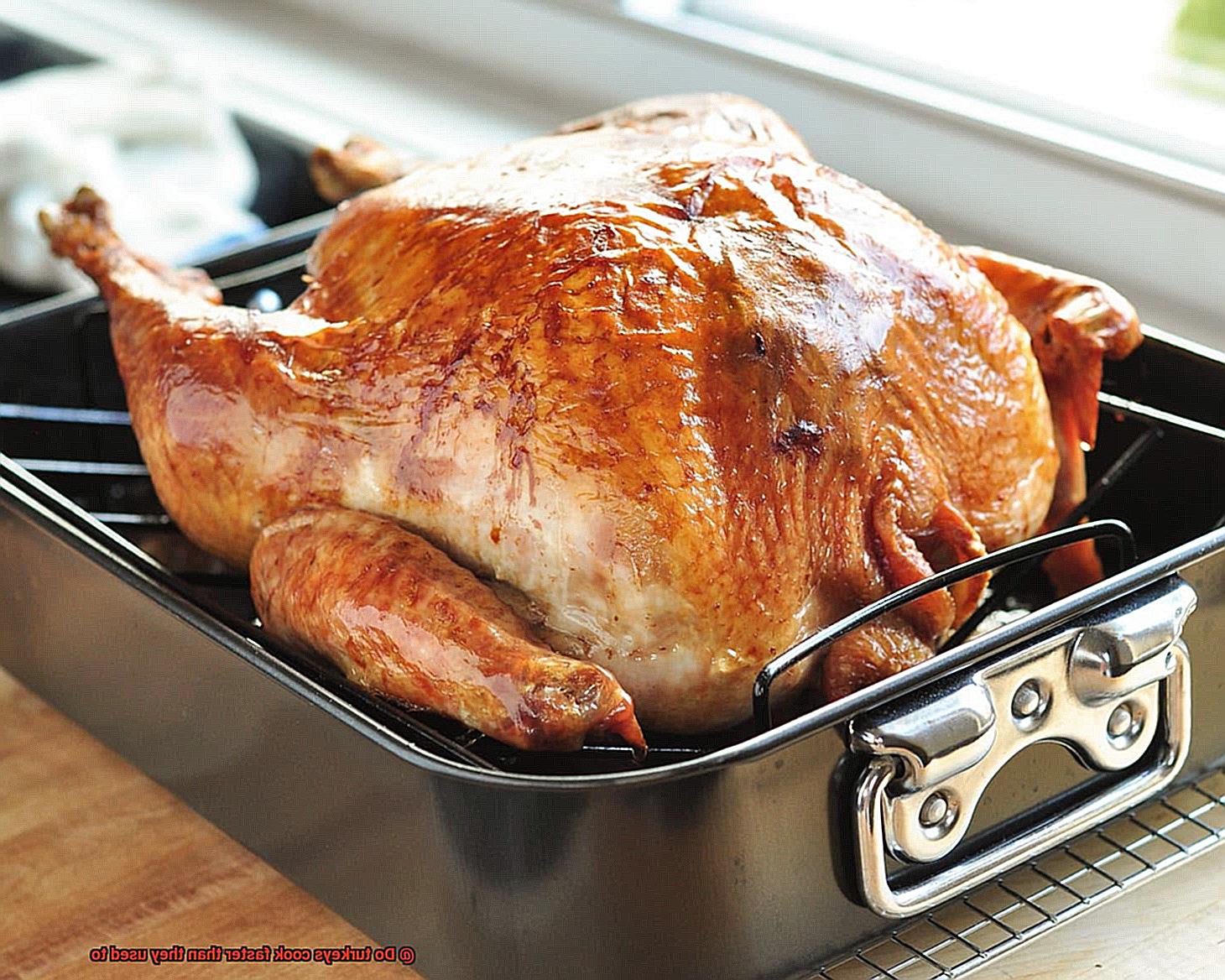
Proper Thawing
Thawing your turkey is the first step in ensuring that it’s cooked safely. Always thaw your turkey in the refrigerator, as this is the safest method. Allow 24 hours for every 4-5 pounds of turkey. If you’re short on time, you can use the cold water method, but never thaw your turkey at room temperature. This can cause harmful bacteria to multiply rapidly.
Thorough Cooking
Cooking your turkey until it reaches an internal temperature of 165°F in the thickest part of the meat is crucial to prevent foodborne illnesses. Use a meat thermometer to check the temperature in multiple places to ensure that your bird is cooked through. Keep in mind that stuffing inside your turkey should also reach an internal temperature of 165°F.
Choose Your Cooking Method Carefully
There are different ways to cook a turkey, including roasting, deep frying, and smoking. Each method has its own benefits and drawbacks, but safety should always be your top priority. If you choose to roast your turkey, use a roasting pan with a rack to allow air circulation, which will help cook your bird evenly. Cover it with foil during cooking and remove it during the last half hour so that the skin can become crispy.
If you opt for deep-frying your turkey, make sure to use a fryer specifically designed for turkeys and follow all safety instructions. The oil temperature should be between 350°F and 375°F, and never leave the fryer unattended.
Smoking your turkey is another delicious way to cook it, but monitor the internal temperature throughout the cooking process to ensure that it reaches 165°F before consumption.
Rest Your Turkey
After your turkey is cooked, let it rest for at least 15-20 minutes before carving. This will allow the juices to distribute throughout the meat, making it more flavorful and juicy. Do not cover your turkey with foil during this time, as it can trap moisture and make the skin soggy.
Tips for Perfectly Cooked Turkey
Cooking a turkey to perfection can be a daunting task, but with the right tips and tricks, it is definitely achievable. The key to cooking a perfectly juicy and flavorful turkey is to pay attention to every detail from thawing to seasoning and cooking. Here are five sub-sections that will guide you through the process of cooking the perfect turkey.
Thawing the Turkey Properly
Thawing your turkey properly is the first step in ensuring that it cooks evenly and safely. The best way to do this is to place the frozen turkey in the refrigerator for 24 hours for every 4-5 pounds of turkey. This method allows the turkey to thaw slowly and evenly, minimizing the risk of harmful bacteria growth. However, if you’re short on time, you can use the cold-water method by placing the turkey in a sink or large pot of cold water for several hours.
Seasoning the Turkey Well
Seasoning your turkey well is crucial for a delicious taste. You can use a variety of herbs, spices, and marinades to add flavor to your bird. Some popular seasonings include thyme, rosemary, sage, garlic powder, onion powder, smoked paprika, and even citrus fruits like lemon or orange. Don’t forget to season both inside and outside of the bird and under the skin for maximum flavor.
Using a Meat Thermometer
Using a meat thermometer is essential for ensuring that your turkey is cooked thoroughly. Insert the thermometer into the thickest part of the bird without hitting any bones. The internal temperature should reach 165°F for safe consumption. Checking the temperature at multiple points will help ensure that your bird is cooked evenly and not overcooked.
Basting the Turkey
Basting your turkey with its juices or melted butter will help keep it moist and flavorful throughout the cooking process. Basting also helps to brown the skin evenly, giving it a beautiful golden color. However, basting too often can cause the oven temperature to drop, which may result in longer cooking times.
Letting the Turkey Rest
Allow your turkey to rest for at least 15-20 minutes after cooking before carving it. This allows the juices to redistribute throughout the meat, resulting in a juicier and more flavorful turkey. Covering the bird with foil during resting will also help keep it warm.
Benefits of Cooking a Turkey Faster
Well, have no fear, because cooking your turkey faster has many benefits that are worth considering.
First and foremost, cooking your turkey faster saves time and energy. In the past, cooking a turkey could take several hours, but with modern technology and techniques, it is now possible to cook a turkey in much less time. This means you can spend more quality time with your loved ones, instead of being stuck in the kitchen.
But that’s not all. Cooking your turkey faster can also result in a more evenly cooked bird. When a turkey is cooked slowly, it can often be dry on the outside and undercooked on the inside. By cooking it faster, you can ensure that the heat is distributed more evenly throughout the bird, resulting in a juicy and succulent turkey that your guests will rave about.
Furthermore, cooking your turkey faster helps to retain more of its nutrients. When food is cooked for long periods of time, many of its vitamins and minerals are lost. By cooking your turkey faster, you can help retain more of its nutrients, making it a healthier option for you and your family to indulge in.
Lastly, let’s talk about saving money. Cooking a turkey for several hours uses up a lot of energy. By reducing your cooking time, you can cut down on energy consumption and save money on your electricity or gas bill. It’s a win-win situation.
Potential Downsides of Faster Cooking Times
However, while faster cooking times may seem like a convenient solution for busy cooks, there are potential downsides that are worth considering. Let’s dive into the potential downsides of faster cooking times and how they could impact your meal.
First and foremost, one of the most significant concerns with faster cooking times is dry and overcooked meat. This is particularly true for turkeys, which are prone to drying out if they are cooked too quickly. Nobody wants to serve up a turkey that resembles cardboard, right? If you want a succulent and juicy turkey, slow and steady wins the race.
Another issue to consider with faster cooking times is the impact on the flavor and texture of your meat. Slow cooking allows for the flavors to develop and meld together, resulting in a more complex and satisfying taste. On the other hand, when meat is cooked quickly, it can have a one-dimensional flavor profile with a less tender texture. So, if you want to tantalize your taste buds with a flavorful turkey, consider taking extra time to slow cook it.
Lastly, faster cooking times can also be a safety concern. It’s essential to ensure that the internal temperature of your turkey reaches at least 165°F to kill any harmful bacteria. If your turkey is cooked too quickly, it may not reach this temperature, putting anyone who eats it at risk of food poisoning. So, make sure always to use a meat thermometer and double-check that your turkey is fully cooked before serving.
GC54GmqUbuA” >
Conclusion
In summary, determining whether turkeys cook faster than they used to is not a simple matter. Several factors influence the cooking time, such as breeding techniques, farming practices, and cooking technology. The selective breeding process has led to turkeys with less fat and more breast meat, resulting in shorter cooking times. Additionally, modern farming methods have contributed to faster cooking times by feeding turkeys specific diets that promote rapid growth and maturity at a younger age. Furthermore, advancements in cooking technology such as convection ovens and rotisserie spits distribute heat evenly, reducing cooking time.
While fast-cooking times may seem appealing due to their convenience, it’s crucial to remember that proper cooking techniques should always be followed for food safety reasons. It’s essential to thaw your turkey correctly, use a meat thermometer to ensure safe internal temperature levels are reached, choose the appropriate cooking method and let your turkey rest before serving.
Fast-cooking times offer several benefits like saving time and energy while retaining more nutrients in the meat. However, there are potential drawbacks including dry and overcooked meat with less complex flavor profiles. Moreover, safety concerns may arise if the internal temperature is not achieved.

